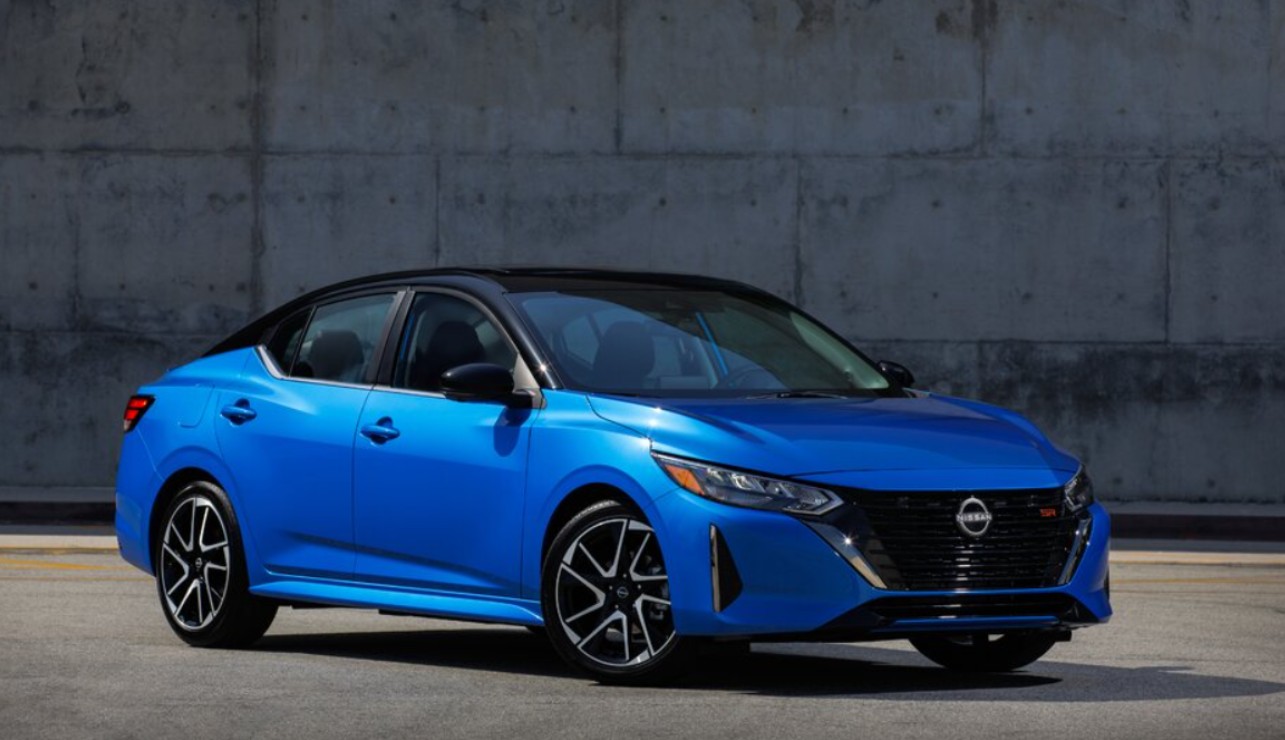Some cars are more than just vehicles—they are rare treasures that only a few lucky people can own. Limited-edition cars are produced in extremely small numbers, making them nearly impossible to find.
These cars are highly sought after by collectors and enthusiasts because of their unique designs, powerful engines, and exclusive features.
Automakers create these special models to celebrate milestones, pay tribute to legendary cars, or test new technology.
Because of their limited production, these cars often become valuable assets over time. Some are auctioned for millions, while others are locked away in private collections, rarely seen by the public.
Getting your hands on one of these limited-edition cars is a dream for many car lovers. However, the competition is fierce, and only a few people get the chance to buy them.
Some manufacturers sell these cars only to VIP customers or loyal buyers, making them even harder to acquire.
Ten limited-edition cars that are almost impossible to find. These cars represent the best in design, performance, and exclusivity. If you ever spot one in real life, consider yourself lucky—it’s a rare sight!
10) Ford RS200: A Rally Legend That Became a Rare Collector’s Car
Group B rally racing was one of the most exciting divisions of motorsports, but it was also very dangerous. In 1986, after fatal accidents in Portugal and Corsica, Group B was canceled.
This sudden decision affected many car manufacturers, including Ford, which had created a special car, the RS200, to compete in this category.
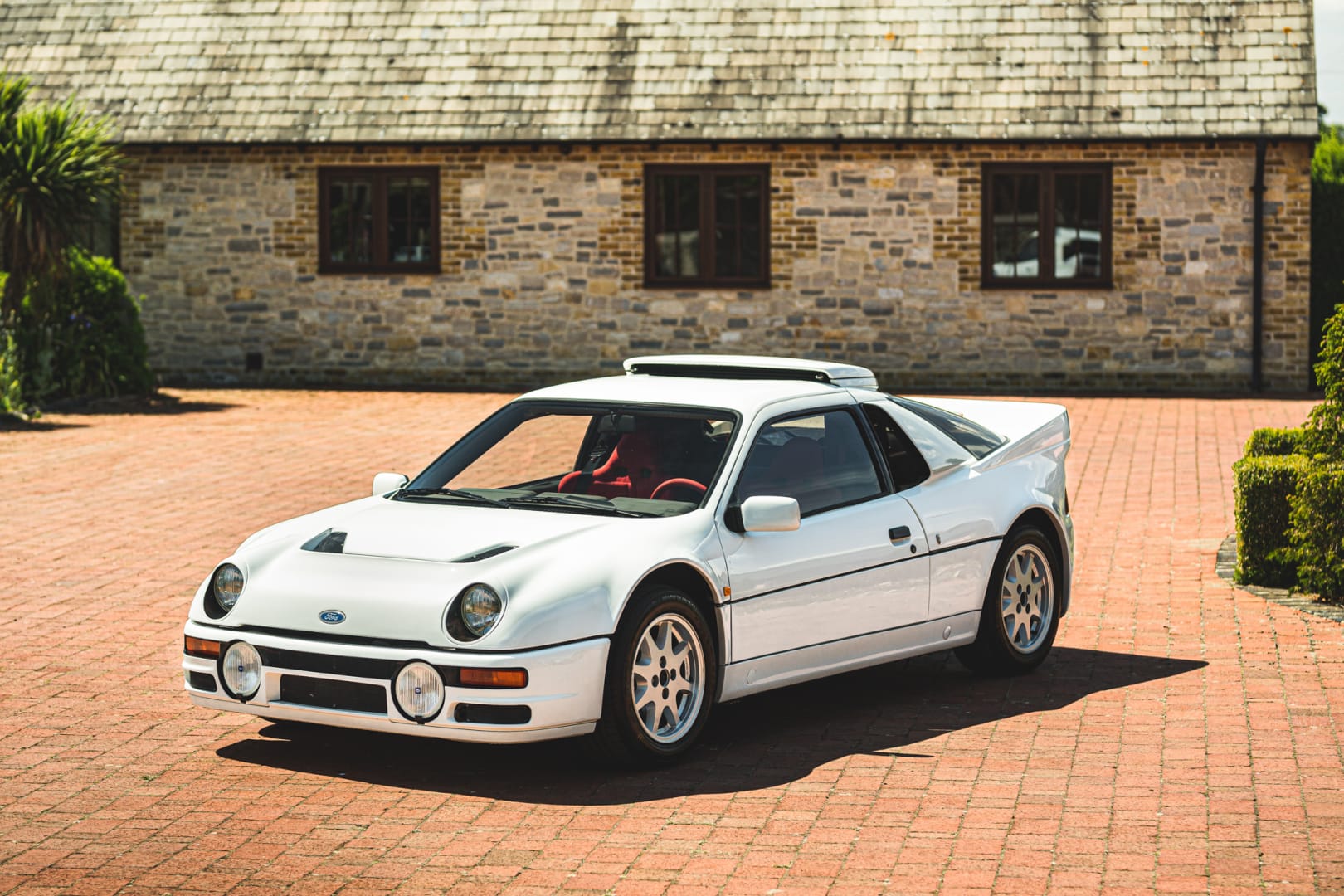
Before the ban, Ford had already built the RS200, a mid-engine rally car designed to dominate the race. It was introduced in 1985, but with Group B ending the next year, its purpose was lost.
The car, built to meet homologation rules, suddenly had no competition to participate in, leaving Ford with a race car for a canceled event.
To qualify for Group B, manufacturers had to build at least 200 road-legal versions of their rally car. Ford followed these rules and produced 200 cars.
However, it is believed that Ford had plans to build more, but after the cancellation of Group B, they never went ahead with further production.
The RS200 was a powerful machine, featuring a 2.1-liter turbocharged Cosworth inline-4 engine. It delivered an astonishing 600 horsepower to all four wheels. Weighing just 2,600 pounds and with the engine placed behind the seats, the car had excellent handling, making it a true rally icon.
In terms of design, the RS200 still looks impressive today. Its 1980s styling has aged well, making it one of the coolest rally cars ever built.
However, its interiors were simple, and the rush to complete the project led to some quality issues. At the time, it was priced at £50,000, which was even more expensive than a Ferrari 328.
Also read: 10 Best European Classic Cars That Stood the Test of Time with Style and Performance
After Group B’s end, Ford had 24 extra cars that were meant for racing. The company decided to convert them into road-legal models, increasing total production to 224 cars.
Since the legal import period has long passed, finding an RS200 today is extremely difficult. If one does go on sale, it can cost a few hundred thousand dollars, making it a prized collector’s item.
9) Mazda Cosmo Sport 110S: A Rare Rotary Pioneer
Mazda is famous for making reliable and fun-to-drive cars, but one of its biggest secrets is its first-ever sports car, the Cosmo Sport 110S.
This car was special because it introduced Mazda’s version of the Wankel rotary engine. Instead of using the engine in an existing sedan, Mazda decided to create an entirely new sports car.
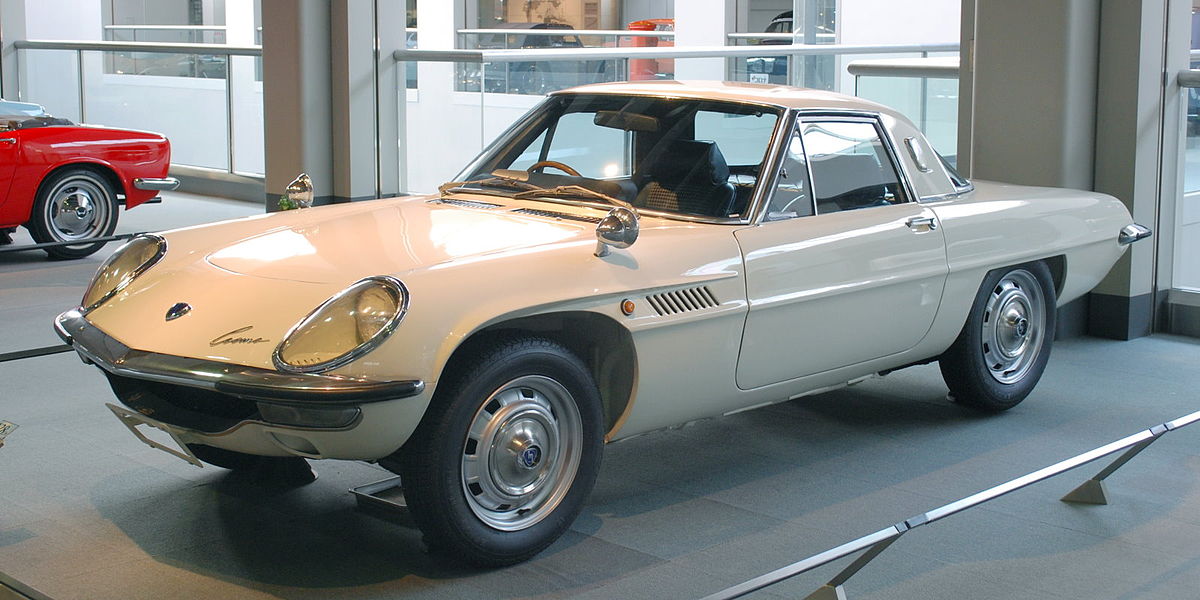
The Cosmo Sport 110S was not meant to be a mass-produced, profitable car. Instead, it was designed to showcase Mazda’s new technology and attract attention from the press.
The first prototypes were introduced in 1963, but the engineers needed more time to perfect the two-rotor engine. After years of testing, Mazda finally released the production version in 1967.
The Cosmo Sport 110S was available only in Japan and came in right-hand-drive versions. It was highly praised by the automotive press for its performance and futuristic design. The car’s sleek, rounded body gave it a space-age appearance, making it look like a mix between a rocket and a spaceship.
Unlike other Mazda models, the Cosmo Sport 110S was hand-built in a custom workshop. Production lasted from 1967 to 1972, but only 1,176 cars were ever made. Because of this, it remains one of the rarest and most valuable Mazda models today. There were two versions of the Cosmo, with the later models receiving upgrades in performance and design.
Mazda later revived the Cosmo name in 1975 for other models, but these were more conventional cars. The last use of the name came in 1990 with a luxury GT car featuring the world’s only mass-produced three-rotor engine. This version had turbocharging and a high-end interior, offering premium performance, but it was sold only in Japan.
8) Ferrari 365 GT4 BB: A Response to Lamborghini’s Challenge
Ferrari was the top name in high-performance sports cars during the 1950s and 1960s. However, in 1967, Lamborghini introduced the Miura, a mid-engine supercar that challenged Ferrari’s dominance. To compete with Lamborghini and keep up with changing trends, Ferrari developed the 365 GT4 BB, which was released in 1973.
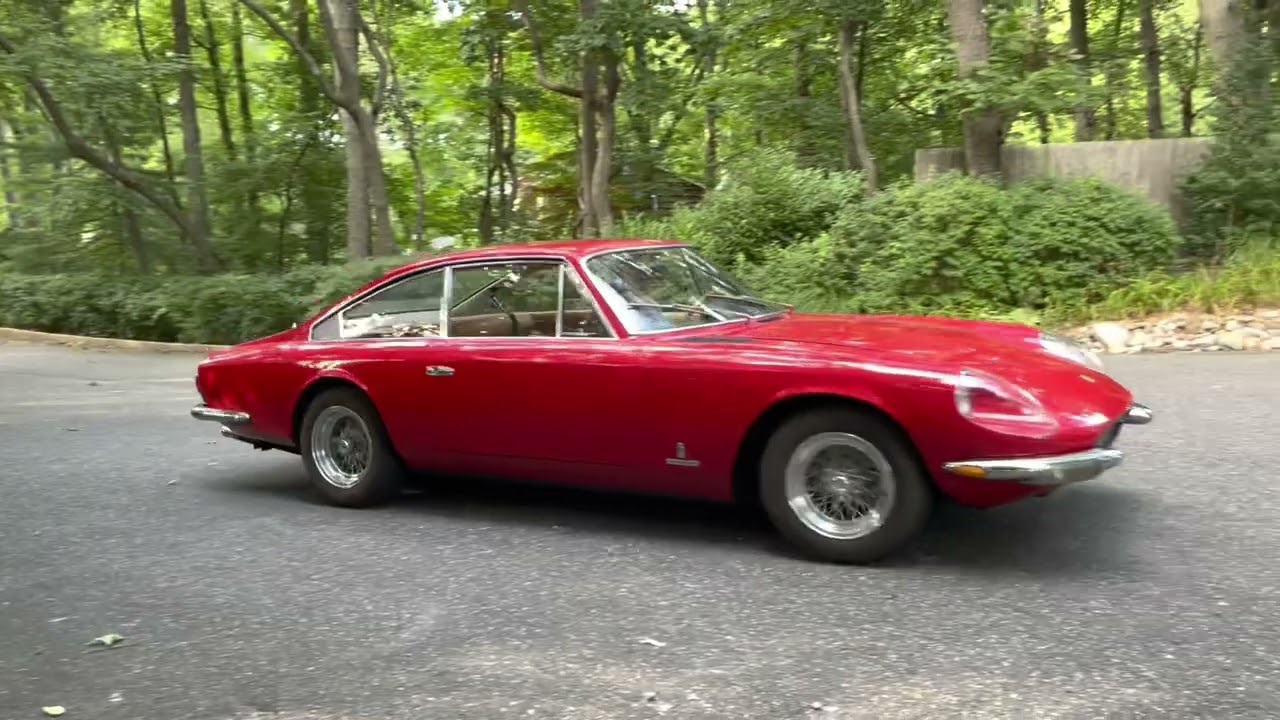
The 365 GT4 BB featured a powerful flat-12 engine mounted in the rear of the car. This engine had already proven itself in racing and was chosen to improve weight balance and handling. Since most of the car’s weight was positioned between the wheels, it offered excellent stability and performance. The engine, made of aluminum with dual overhead camshafts, produced 339 horsepower.
Ferrari also introduced a new chassis design with the 365 GT4 BB. Instead of a traditional frame, it used a semi-monocoque structure with tubular steel subframes. This setup made the car lighter and improved its handling, making it one of the best-driving Ferraris of its time. Inside, the car featured Ferrari’s signature luxury, with leather seats and stylish but practical controls.
The 365 GT4 BB, also known as the Berlinetta Boxer, marked a turning point for Ferrari. It signaled the company’s shift toward mid and rear-engine supercars, which would become a standard for future Ferrari models. However, the car was launched during an energy crisis, which led to strict fuel consumption regulations in the U.S.
Enzo Ferrari decided not to sell the 365 GT4 BB in the U.S. due to the country’s strict laws and a national speed limit of just 55 mph. Despite this, the car remains a significant part of Ferrari’s history and is now a rare and highly sought-after collector’s item.
7) Pagani Zonda: A Masterpiece Born from Passion
Horacio Pagani, a former Lamborghini designer, had many innovative ideas, but he struggled to implement them in Lamborghini’s cars. Wanting complete creative freedom, he started his own company, Pagani Composite Research. His main focus was using advanced composite materials to build lightweight yet beautiful cars. By the mid-1990s, he developed a prototype, and in 1999, he introduced the Pagani Zonda.
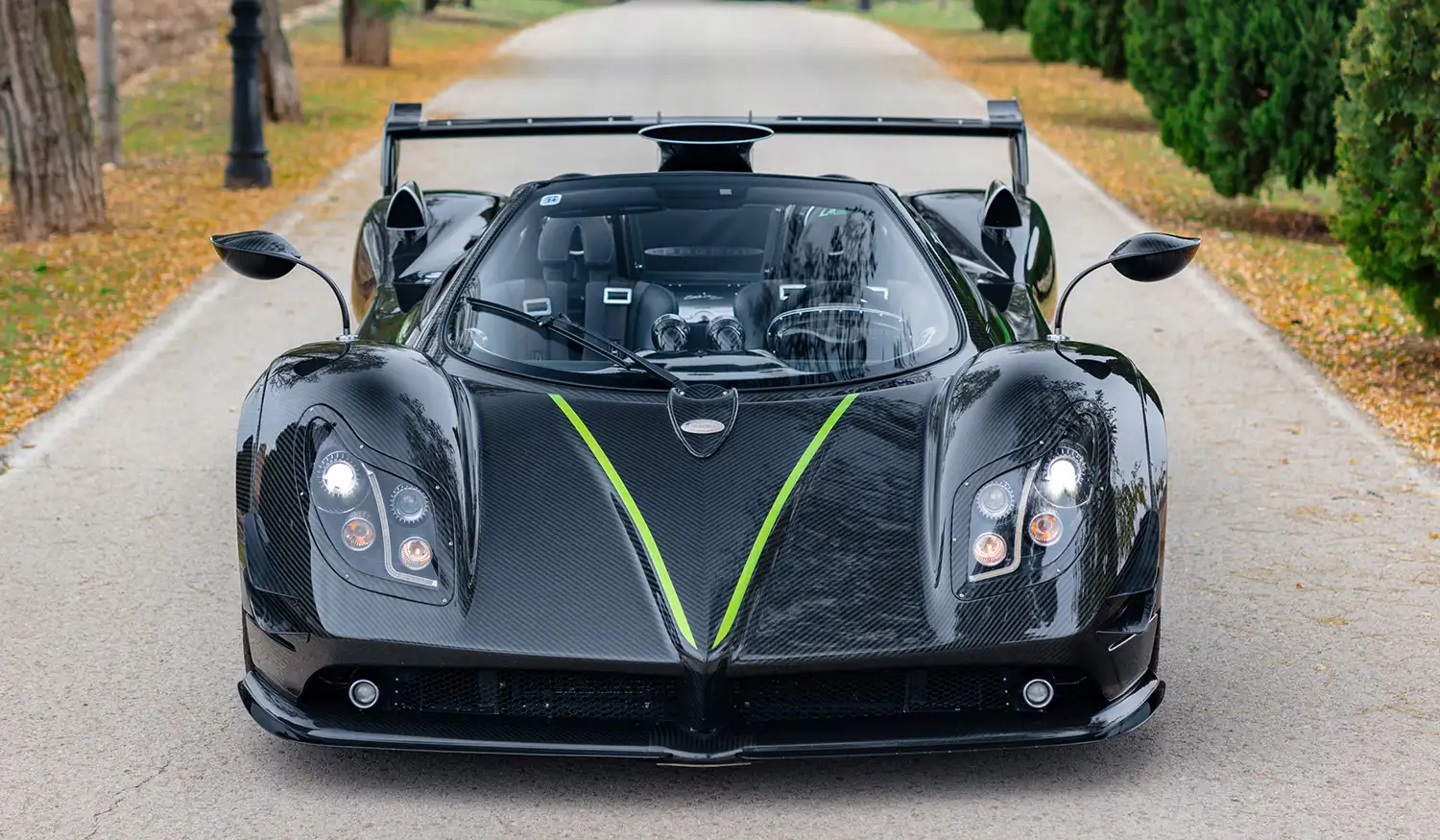
The Zonda was named after the strong winds of Argentina, Pagani’s homeland. When it was revealed, it amazed car enthusiasts with its breathtaking design. It had the perfect blend of a race car’s aggressive aerodynamics and a luxurious road car’s elegance. Every curve of its body was carefully crafted, making it more than just a supercar—it was a work of art.
Inside, the Zonda had the same level of craftsmanship. Every detail was designed with precision, using only the highest quality materials. From the dashboard to the smallest buttons, everything in the cabin showed Pagani’s dedication to perfection. It wasn’t just a fast car; it was also a luxury experience.
The first Zonda models were powered by a Mercedes-Benz AMG V12 engine, producing around 400 horsepower. Because of its lightweight carbon-fiber chassis, the car was extremely fast. Over the years, Pagani improved the Zonda, increasing its power to over 800 horsepower, making later versions incredibly powerful and quick.
When it was first launched, the Zonda had a price tag of around $350,000. However, since each car was handcrafted and highly exclusive, prices soon exceeded $1 million. Pagani built only a few cars per year, making them very rare. Unfortunately, the Zonda was never certified for American roads, meaning it could only be imported under special regulations.
Also read: 12 Muscle Cars That Are Hard to Find, Rarest Gems To Know
Despite its limited availability, the Zonda remains one of the most admired supercars in history. Its successor, the Pagani Huayra, was officially certified for U.S. roads, but the Zonda’s legendary status as a rare and breathtaking masterpiece lives on.
6) Toyota 2000GT: Japan’s First Supercar
Before Toyota became one of the biggest car companies, it had little presence in the American market. During the 1960s, Toyota wanted to improve its reputation and show that it could build more than just small, practical cars. To do this, the company decided to create a high-performance sports car—the Toyota 2000GT.
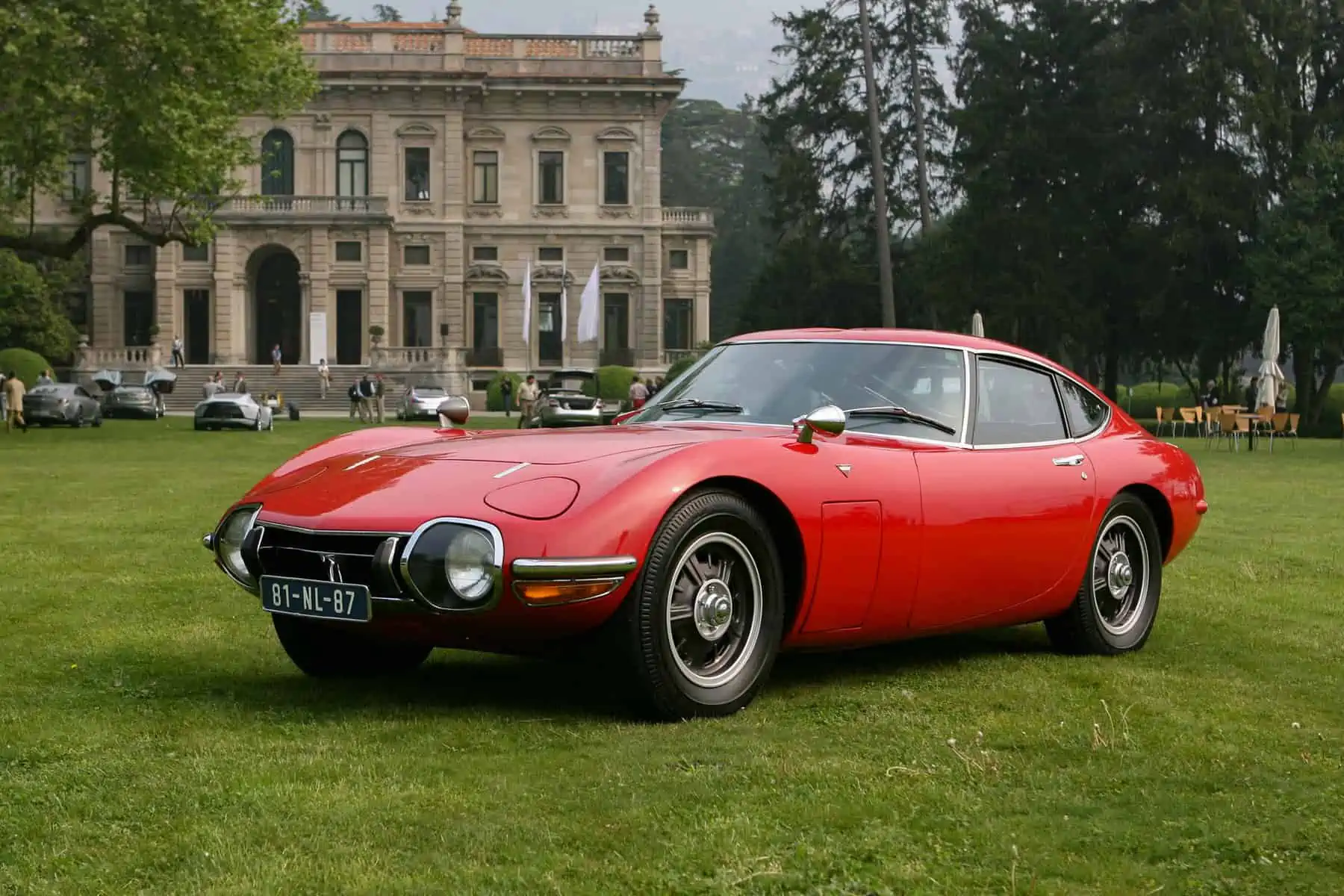
At the time, Yamaha had been working on a sports car prototype for Nissan, but the project was canceled. Instead of letting the design go to waste, Yamaha offered it to Toyota, which decided to develop it further. Even though making a sports car was not a financially smart decision, Toyota focused on building the best possible car without worrying about costs.
The Toyota 2000GT debuted in 1967. It had a 2.0-liter inline-six engine from Toyota, but Yamaha redesigned it with a dual-overhead-cam system for better performance. The entire car was hand-built by Toyota’s top engineers, making it one of the most well-crafted cars to come from Japan. It had stunning looks, excellent performance, and superb handling.
What made the 2000GT even more special was its unique design. It looked completely different from any other Toyota at the time, with sleek and curvy styling that resembled European sports cars. When it was released, it impressed the automotive world and showed that Japan could produce high-quality performance cars.
The 2000GT also gained worldwide fame when it appeared in the James Bond movie You Only Live Twice, which was set in Japan. However, despite its popularity, only 351 units
5) Alfa Romeo GTV: A Stylish Italian Classic
Alfa Romeo has been selling cars in America for many years, but in 1994, the company stopped offering new models in the U.S. for nearly two decades. During this time, American buyers missed out on several unique Alfa Romeo cars, including the GTV, which was produced from 1995 to 2003.
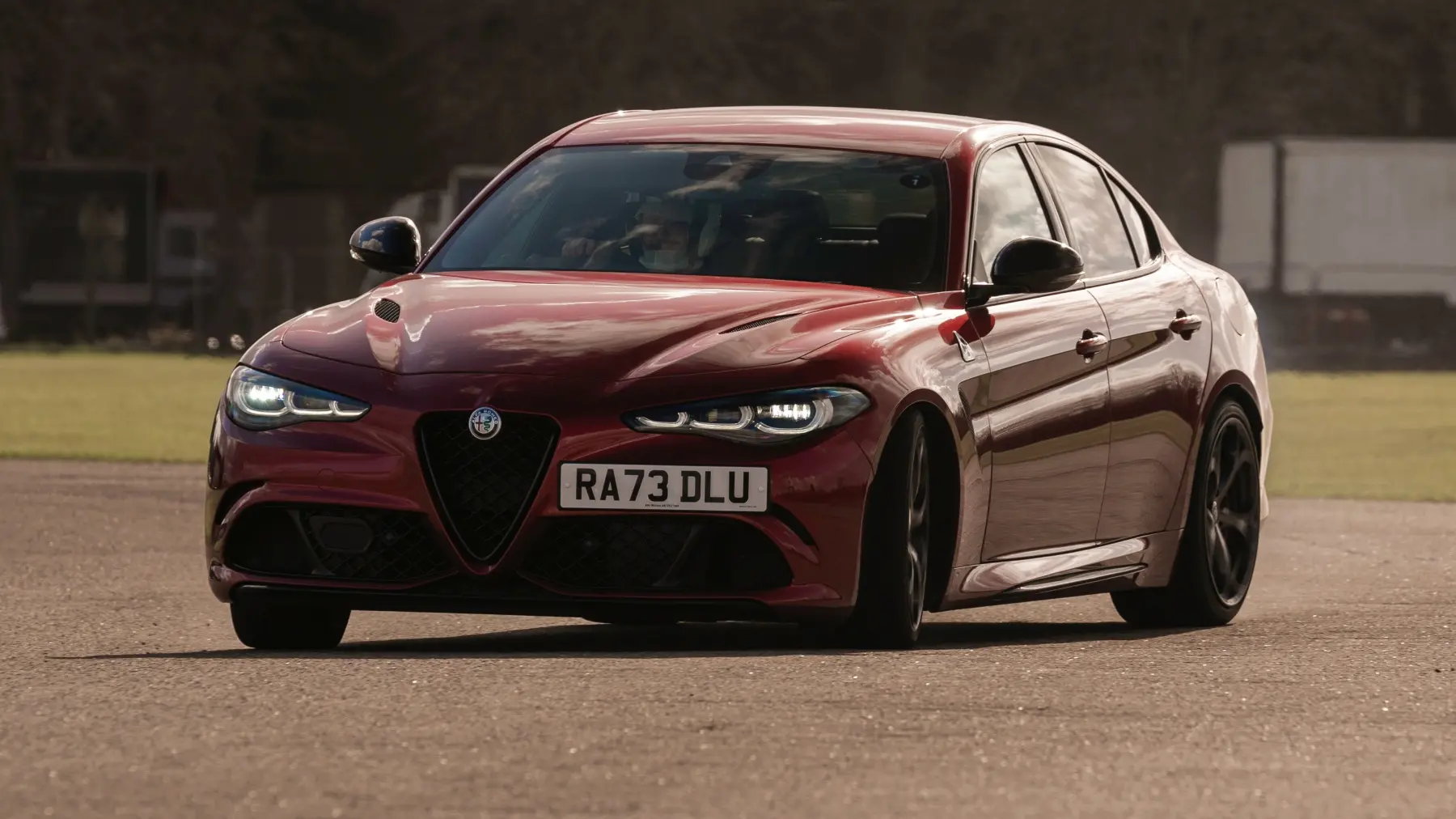
The design of the Alfa Romeo GTV is one that people either love or hate. It has a sleek yet unusual shape, with sharp angles and a wrap-around rear end. The front features small, round quad headlights, and the rear has a Kammback-style design. It looks very much like a car from the late 1990s, but its Italian styling makes it stand out.
The GTV was powered by a 2.0-liter, 16-valve Twin Spark engine, producing 152 horsepower. It wasn’t built for high-speed racing but was designed for an enjoyable driving experience. The car was meant to be fun to drive, especially on winding roads, offering great handling and a stylish presence.
Inside, the GTV had a premium and elegant design. It was a stylish alternative to the BMW Z3, but unlike the BMW, the Alfa had small rear seats, making it slightly more practical. The car was meant to be both a fun weekend drive and a comfortable commuter vehicle.
Like many Alfa Romeos from the 1990s, the build quality of the GTV was not its strongest point. It had some reliability issues, but people who bought an Alfa didn’t do so for durability—they bought it for its unique style and driving feel. Today, the GTV remains a beloved car among Alfa Romeo enthusiasts, especially in Europe, where its bold design is still admired.
4) Citroën SM: A Unique Blend of Luxury and Innovation
The Citroën SM was based on the famous DS model from the 1950s, but it took things even further. It kept the DS’s best features while adding a powerful Maserati engine and a luxurious interior. Despite being built during a difficult time for Citroën, the SM turned out to be an incredible car that impressed everyone who drove it.
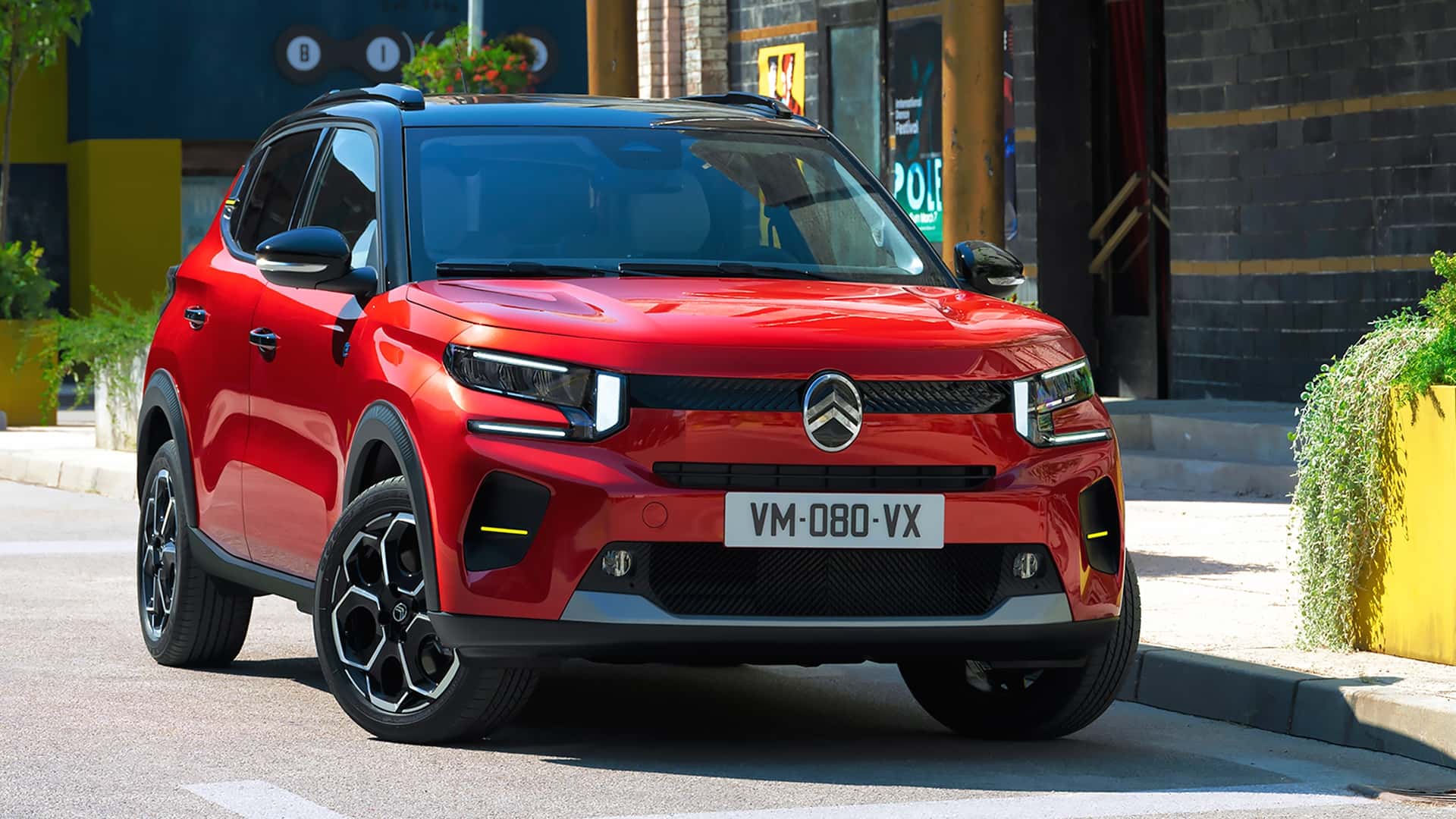
One word that describes the Citroën SM is quirky. Like the DS before it, the SM had an unusual design and engineering. However, once someone got behind the wheel, they would instantly appreciate how special it was. The car had a unique suspension system called hydropneumatic suspension, which gave an unbelievably smooth ride.
The same hydraulic system that controlled the suspension also powered the steering, brakes, and clutch. The Maserati engine was mounted behind the front axle, making it a mid-engined car. With 181 horsepower, it had plenty of power while maintaining great handling and comfort. It was a perfect combination of performance and advanced technology.
Inside, the Citroën SM was designed for comfort. It had thick, plush seats that made long drives relaxing. The dashboard was simpler than the futuristic exterior, but it still looked stylish. One of the SM’s most interesting features was its headlights, which turned with the steering wheel to improve visibility.
Unfortunately, this headlight system was one of the reasons the SM was never officially sold in the U.S. Strict American headlight regulations at the time made it impossible to import. Even though it never made it to America, the SM remains one of Citroën’s most admired cars, loved for its smooth ride, advanced technology, and unmistakable French style.
3) Jensen FF: The First All-Wheel-Drive Sports Car
Jensen was a small British automaker that built stylish GT cars with large American engines. The company’s most famous model was the Interceptor, a powerful and elegant grand tourer. Using the Interceptor as a base, Jensen worked with Harry Ferguson Research Ltd. to develop an all-wheel-drive system, creating the first AWD sports car, called the Jensen FF.
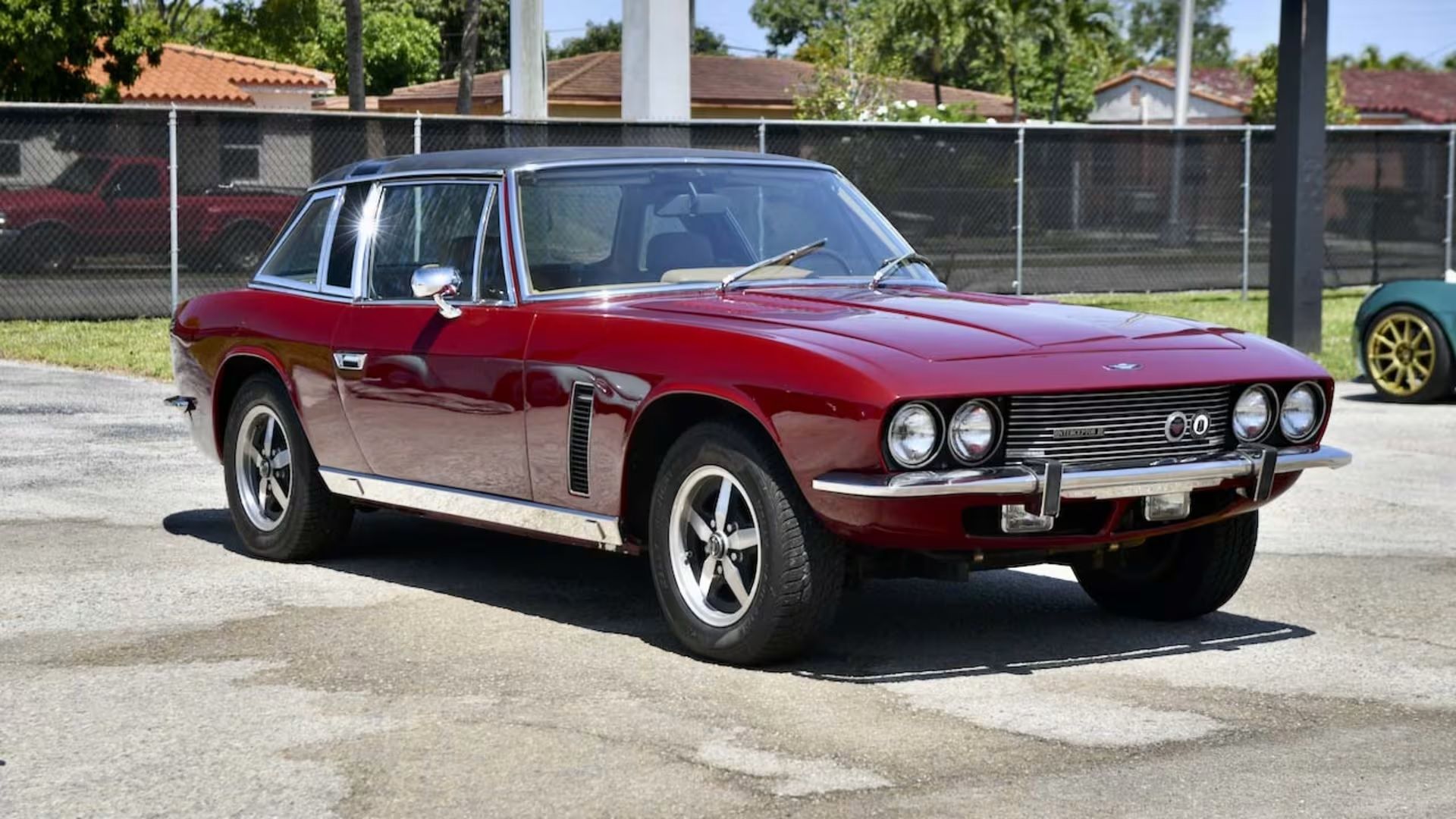
The FF stood for Ferguson Formula, named after the company that helped develop its drivetrain. Ferguson had experience designing tractors and even built the first all-wheel-drive Formula 1 car. This expertise led to the creation of an advanced AWD system, making the Jensen FF a groundbreaking vehicle in sports cars.
Unlike most British cars, which had small engines, the Jensen FF was powered by a massive Chrysler 440 V8 paired with an automatic transmission. This engine was common in American muscle cars like the Dodge Charger but was rarely seen in European cars. Despite its large size and high fuel consumption, the V8 gave the Jensen FF impressive performance.
The car was not just powerful; it was also luxurious. It had a well-crafted interior with high-end materials, making it a comfortable grand tourer. However, despite its innovation and elegance, the FF was not a commercial success. Its biggest drawback was that it could only be built in right-hand-drive, which severely limited its market.
Also read: 10 Cars That Are Absolute Nightmares to Insure
There is speculation that when Audi developed its Quattro all-wheel-drive system, engineers studied the Jensen FF’s mechanics for inspiration. While the Jensen FF did not sell well, it paved the way for future high-performance AWD sports cars. Today, it remains a rare and fascinating piece of automotive history.
2) Nissan Skyline GT-R: Japan’s Legendary Sports Car
The 1990s were a golden era for Japanese performance cars, with manufacturers pushing the limits of engineering and technology. This period gave rise to legendary models like the Toyota Supra, Mitsubishi 3000GT VR4, and Acura NSX. Among these, one car stood out as a forbidden gem for American enthusiasts—the Nissan Skyline GT-R.
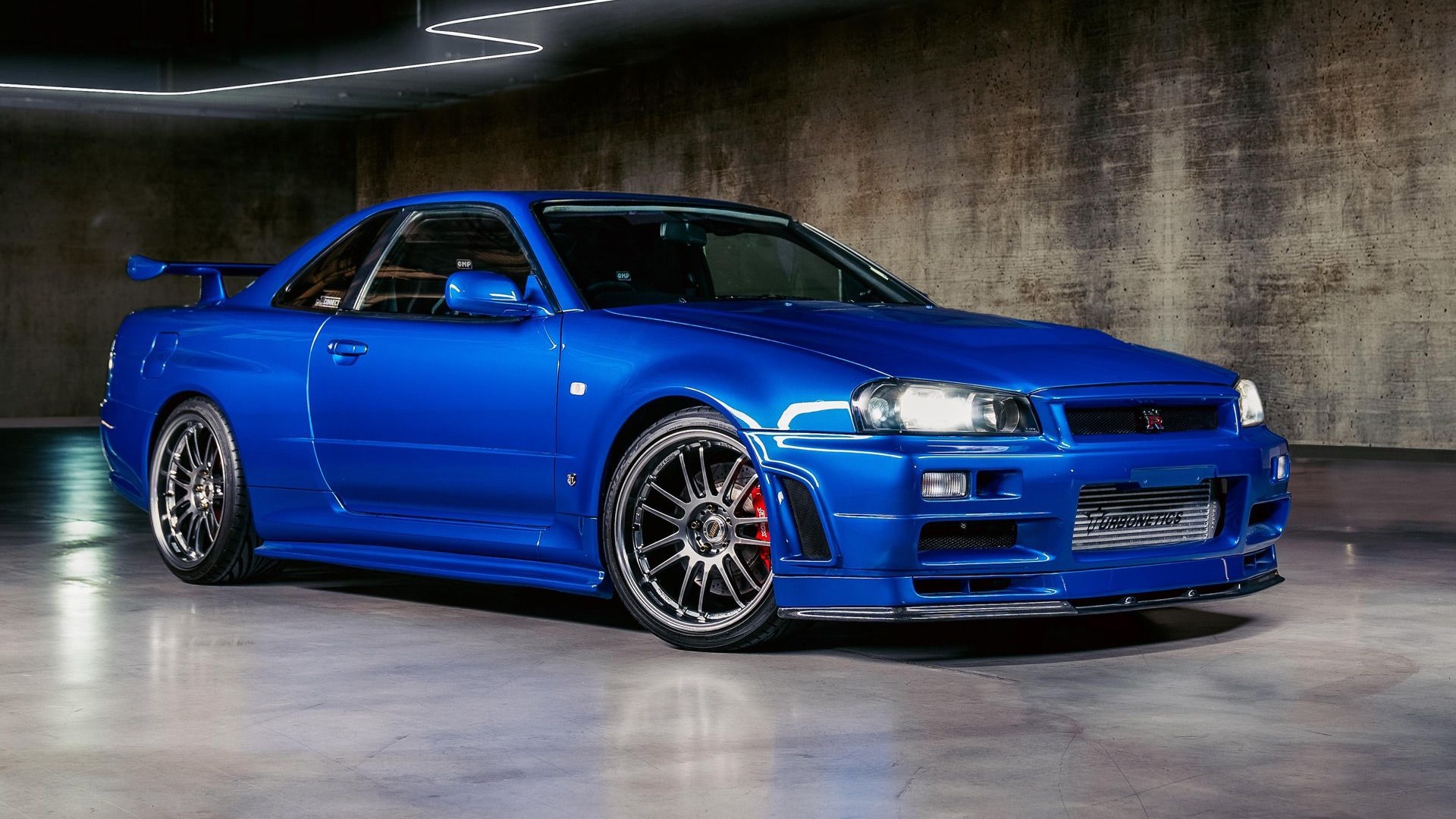
The Skyline name had been around since 1957, originally as a premium sedan called the Prince Skyline. It wasn’t a performance model at first, but in 1969, Nissan introduced the GT-R version. This coupe featured a 2.0-liter inline-six engine with dual-overhead cams, producing 160 horsepower, which was impressive for its time. However, the GT-R remained exclusive to Japan, keeping it out of reach for American buyers.
The Skyline GT-R gained massive popularity when the 1999–2002 R34 generation appeared in the Fast and Furious movies and the Gran Turismo video game series. Its sleek yet aggressive design and high-performance capabilities made it one of the most desired cars among car enthusiasts worldwide, even though it was never officially sold in the U.S.
With an original power output of 276 horsepower, the Skyline GT-R was fast and handled exceptionally well, thanks to advanced technology like Nissan’s ATTESA all-wheel-drive system and Super-HICAS four-wheel steering. This combination made it a dominant force on both the street and the track.
For decades, American car lovers could only dream of owning one, as U.S. import laws prohibited it. However, as the 25-year import rule now allows older models to be legally brought in, Skyline GT-Rs are finally making their way to American roads, fulfilling the dreams of many enthusiasts.
1) Porsche 959: The Technological Marvel of the ’80s
The Porsche 959, a groundbreaking car of the 1980s, was a technological marvel. Developed to meet the stringent requirements for Group B racing, it became one of the most advanced road cars of its time. The 959 featured a turbocharged 2.8-liter flat-six engine, delivering nearly 450 horsepower.
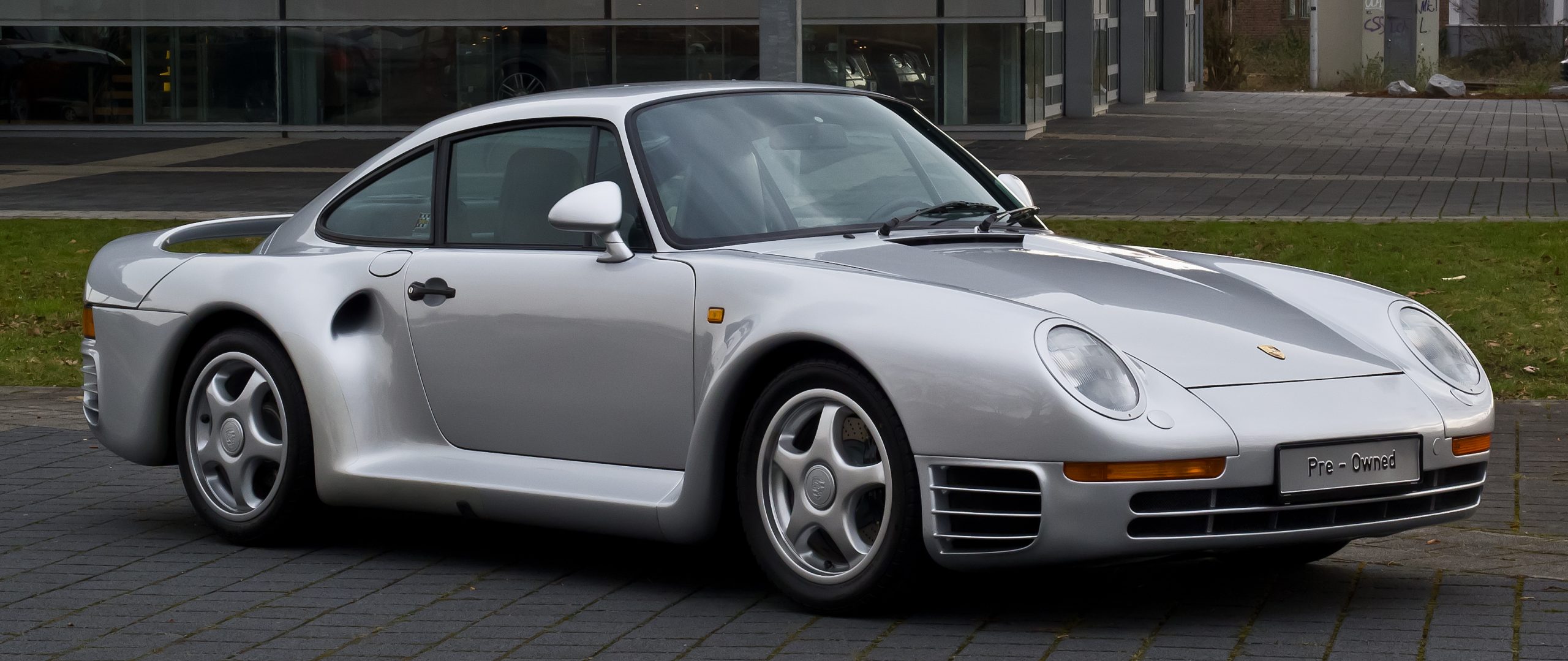
Porsche engineered the 959 with lightweight materials such as titanium and magnesium alloys in its chassis, ensuring improved performance. The car was also equipped with a sophisticated all-wheel-drive (AWD) system, controlled by electronics, along with an innovative electronic suspension system. Furthermore, it was the first road car to feature a tire pressure monitoring system, a major step forward in automotive safety.
Despite its groundbreaking engineering, the 959 was not initially available for import into the United States. The car did not undergo the necessary testing to meet U.S. regulations. This kept it out of reach for American buyers, even though high-profile figures like Jerry Seinfeld and Bill Gates managed to acquire one. However, they could not legally drive it on U.S. roads.
In response to the demand for rare and valuable cars like the Porsche 959, a “Show or Display” rule was introduced. This allowed limited-production vehicles, like the 959, to be imported into the U.S. under specific conditions. The rule permitted a maximum of 500 units per model and limited them to 2,500 miles per year on public roads. As a result, the Porsche 959 finally made its way to American enthusiasts, albeit in very limited numbers.

